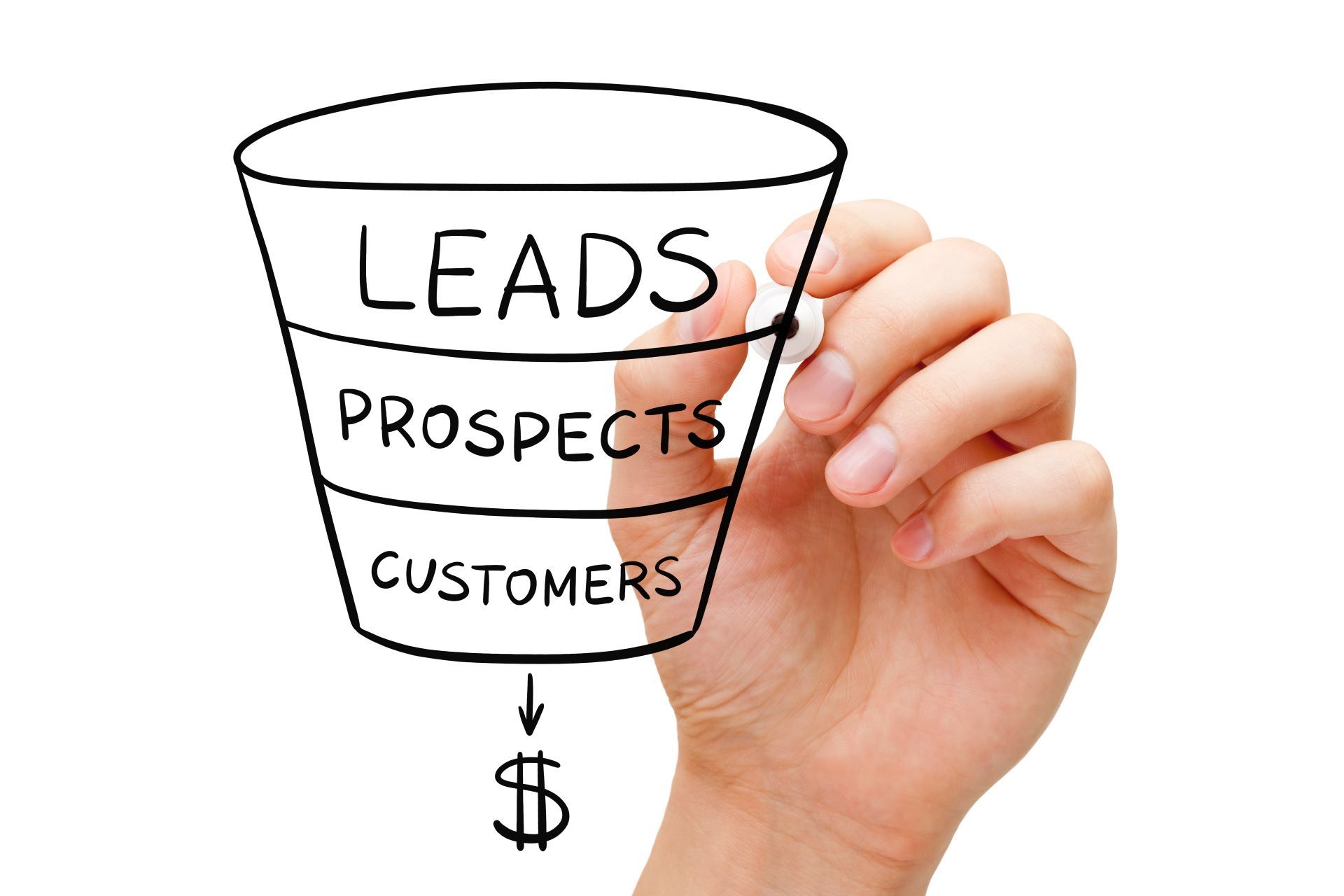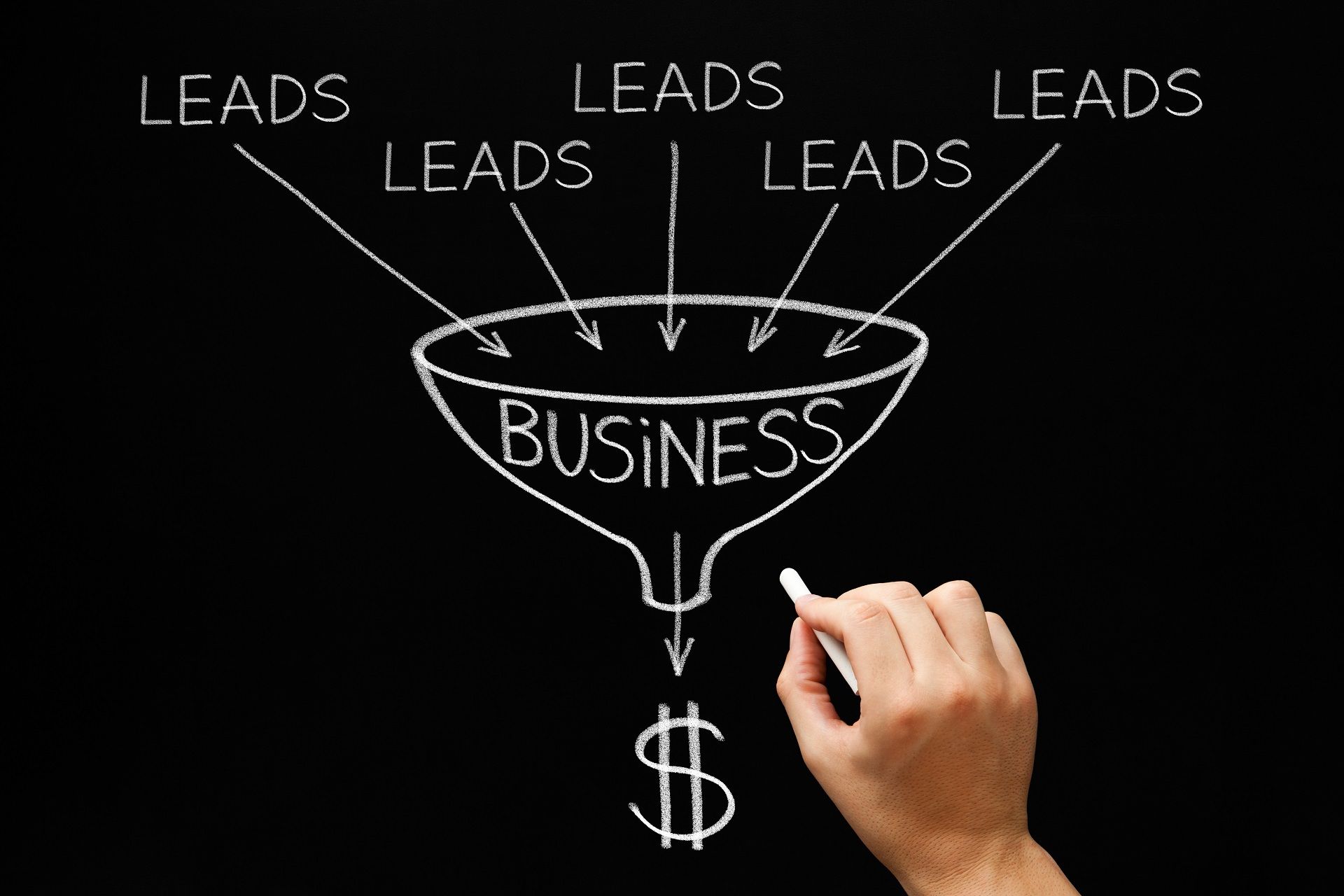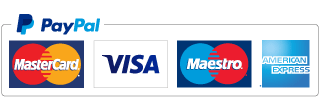Keep Up With The Changes In B2B Sales
These days, salespeople have less and less power in the buying process as buyers make decisions on their own, before even contacting the supplier.
In this environment, no amount of sweet talking will convince a potential customer to go against their well-informed decision.
To close sales, you have to understand the new rules and trends in B2B sales. By knowing some proven sales strategies, you can get into the groove of the new dynamics of sales, and against all odds, reach success.
Here’s everything you need to know
about B2B sales, how they differ from B2C sales, and how you can capitalize on some modern techniques to overcome common sales challenges.
What Are B2B Sales?
To refresh your memory, business-to-business (B2B) is a relationship between one business and another, where a B2B company sells to other businesses instead of an individual (B2C or business-to-consumer).
There are several types of B2B sales, such as:
1. Service/software: the provider sells a service instead of selling a product. For example, this might be a consultant working with a small business or a larger consulting firm offering their services to a larger company. Additionally, this type of B2B sale can also refer to software as a service (SaaS) wherein a company provides a service via software.
2. Supply sales: if you’ve seen The Office, you’re familiar with this one. In this type of sale, a supplier sells consumables to another business. While quite similar to the B2C process, the main difference is purchase authorization and the number of items sold. Instead of an individual purchasing one ream of paper (500 sheets), they’ll buy 50, for which they will need approval from their manager.
3. Distribution sales: a company sells manufacturing or retail components to other businesses. For instance, this could be raw materials or essential food products.
How Different Are B2B Sales From B2C Sales?
Our headcanon is that B2B veterans rightfully scoff at B2C salespeople for having it easy. Since B2C occurs between a salesperson and a consumer, they are objectively smaller in scope. The only concern of B2C salespeople is usually the decision of the consumer.
A good example of B2C is a supermarket, an electronics store, or an online eCommerce business that sells Funko Pop toys.
To put things into perspective, the differences between B2B sales and B2C sales include:
1. Higher transaction value
While the sales pipeline in the B2B realm doesn’t have to be huge, more often than not, the sales pipeline is worth tens of thousands or even millions.
In B2C, this is only the case in specific industries such as luxury goods or real estate.
2. Long sales cycles
B2C companies are lucky in the sense that their customer’s purchasing decisions often rely on impulse buying. For instance, you see a baby Yoda doll and buy it because it seems like something you cannot live without at that moment.
In the B2B world, it’s a lot different as the buyers are concerned with things like return on investment (ROI), if what they’re buying will give them a competitive edge, and so on.
3. Stakeholders
B2B sales are challenging because any business decision the company makes has a direct impact on the bottom line. Thus, purchase decisions usually have a ladder of approval.
All the decision-makers have to mutually agree upon something before even deciding to purchase something.
4. Buyer expertise
It would be an understatement to say B2B buyers are picky. They’re very selective of the companies they choose to do business with, and they typically have specific criteria which is often an impenetrable fortress for rookie B2B salespeople.
They’re highly educated and rely on expert content to make any decision, like reading case studies in their spare time.
How The Modern B2B Sales Process Works
In the past, the buyer journey was linear, and salespeople could simply rely on cold outreach.
The internet disrupted everything and drastically increased the complexity of B2B sales.
Nowadays, sales and marketing are not that different from one another as they have to work in tandem to
generate leads and close deals.
To put it bluntly, the buyers are now in charge of the entire sales process. They can enter the sales funnel and drop out instantly,- even give up right as they’re about to make a purchase.
This process no longer looks like a traditional linear funnel. It looks more like a wide branching path that includes multiple platforms with multiple touchpoints:
1. A buyer considers all solutions
2. They ask their professional network for a recommendation on a vendor
3. They read forums, review sites, and rummage through social media
4. After considering all the info they gathered, they come to a decision
5. They reach out to a vendor or contact one that was recommended
This seems complex, eh? However, you can make the most out of this process by fine-tuning your approach and trying new tactics.
The Best B2B Sales Tactics
Cutting through the noise in the B2B space is not easy as there are simply too many ways to enable sales. You’ve probably run into situations where you had no idea where to invest resources. Do you go with PPC ads or double down on email marketing or video marketing?
We’ve been there too, and luckily, we discovered a few tactics that yielded the best results:
1. Compelling content
This one shouldn’t surprise you, as most B2B marketing strategies revolve around content. Still, not all content is created equal.
Buyers usually consume content before they even consider making a purchase. In other words, it can serve as a bridge between you and the buyer. Since it’s that important, you don’t want to drop the ball on this one.
For example, sharing news about how awesome your company is isn’t compelling. What’s compelling is content aimed at solving a common problem of your buyers, which can potentially tilt the purchase decision in your favor.
Additionally, it can also serve to boost your credibility and establish trust.
2. Consolidate marketing with sales
The roles of sales and marketing teams have a lot of similarities and often overlap each other.
To encourage collaboration, you should transform the sales funnel by focusing on account-based sales.
Since the buyer journey starts with research, an account-based approach involves coming up with solutions that potential buyers are looking for. For everything to go down smoothly, the marketing team has to work with sales to identify the decision-makers, along with the best way to present a personalized solution for a problem a buyer is looking to solve.
3. Leverage social selling
Social selling is the best way for sales reps to build relationships with potential customers. It’s the practice where sales teams leverage their company’s social media channels to establish connections with prospects and reach their sales goals a lot easier.
With this tactic, you can become the first brand your prospects consider when they are ready to make a purchase.
In many ways, it’s the best replacement for outdated sales tactics like cold calling.
Keeping Up With The Times
The B2B sales process is evolving as the buyers demand a lot of extra value before even considering making a purchase.
This seems to put B2B companies at a severe disadvantage, but not everything is grim. Since the sales process has become more complex, it means that the bar is raised on what companies have to do to close B2B sales.
Those that successfully adapt will close more sales and grow, while oblivious companies that still rely on cold calling will slowly get phased out.
So which category do you want to be in? The cool kids' crew or the dinosaurs?
Disclaimer: The information on this website and blog is for general informational purposes only and is not professional advice. We make no guarantees of accuracy or completeness. We disclaim all liability for errors, omissions, or reliance on this content. Always consult a qualified professional for specific guidance.
Recent Posts
Quick Links
All Rights Reserved.
Website Designed & Managed by Oamii.







